Key Takeaways
- Understanding the historical significance of plaid patterns.
- Learning how plaid has evolved over centuries.
- Discovering the versatility of plaid in modern fashion.
- Tips for incorporating plaid into different outfits.
- Exploring various color combinations that work well with plaid.
- The cultural impact of plaid across different regions.
- How to mix and match plaid with other patterns.
- Plaid’s role in sustainable fashion.
Plaid has always been a pattern of intrigue and style, with roots that reach back to ancient times and a seamless ability to adapt to contemporary fashion trends.
The rustic charm of plaid comes from its timeless appeal and unmatched versatility, making it a staple in wardrobes around the world. Whether you’re a fashion novice or a seasoned stylist, knowing how to incorporate plaid into your outfits can elevate your style game.
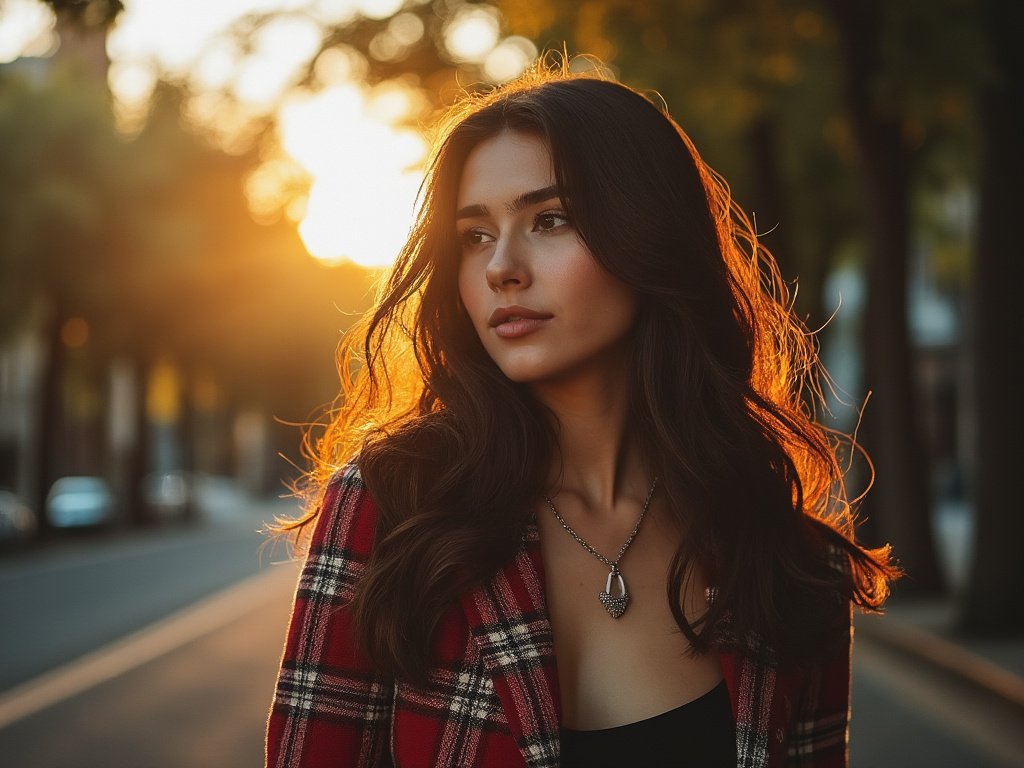
The Historical Significance of Plaid
Plaid, often associated with Scottish heritage, has a fascinating history that spans centuries. Originating from tartan patterns, plaid was used to signify different Scottish clans. Each pattern was unique, representing the identity and heritage of the clan members.
The Origins of Tartan
Tartan patterns were initially created using natural dyes derived from plants and insects. These dyes produced vibrant colors that were woven into woolen fabrics. The process of making tartan was labor-intensive, reflecting the craftsmanship of the weavers. Each pattern was meticulously designed, ensuring that no two were alike, thereby preserving the distinct identity of each clan.
Plaid in Different Cultures
While plaid is synonymous with Scottish culture, it has also found its way into various other cultures. In North America, for example, plaid became a symbol of the rugged outdoorsman, often seen in lumberjack attire. Similarly, in Japan, plaid patterns are a common feature in school uniforms, blending traditional motifs with modern fashion.
Evolution Over the Centuries
As time progressed, plaid transcended its traditional roots and made its way into mainstream fashion. The 1970s punk rock era saw plaid being used as a symbol of rebellion, with designers incorporating it into edgy, unconventional outfits. Today, plaid is celebrated for its versatility, appearing in everything from high fashion to everyday wear.
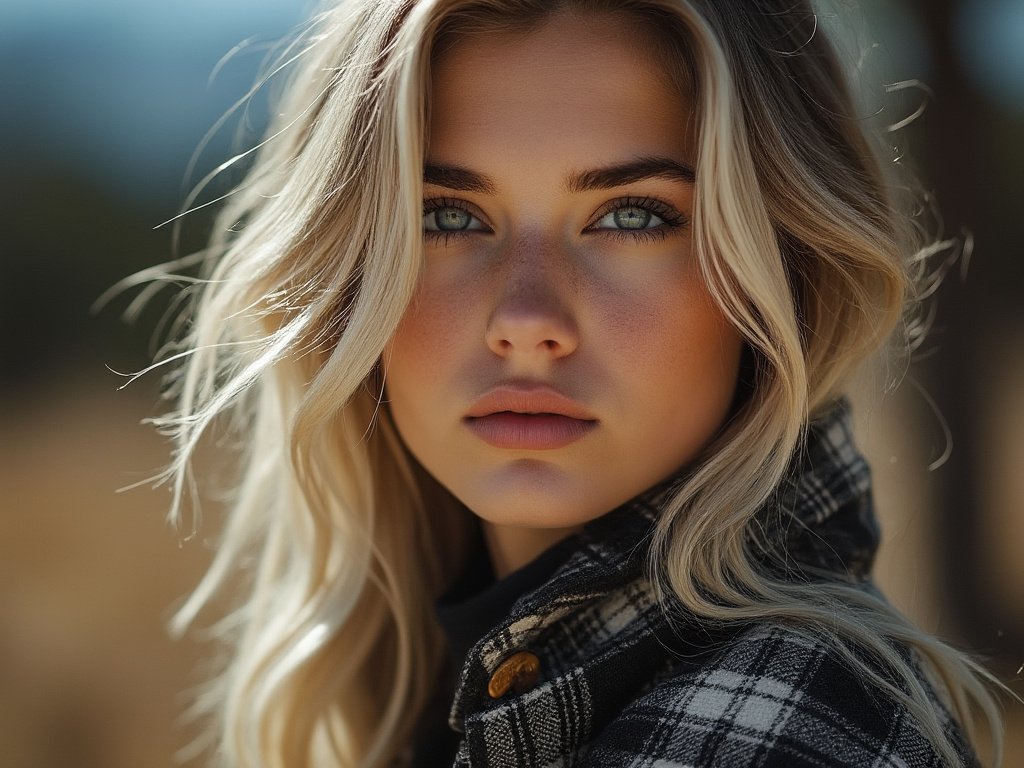
The Versatility of Plaid in Modern Fashion
Plaid’s ability to adapt to different styles and trends is what makes it so appealing. It can be dressed up or down, making it suitable for various occasions.
Casual Chic
For a casual look, consider pairing a plaid shirt with jeans and sneakers. This effortless combination is perfect for a laid-back day out. The key is to choose a plaid pattern that complements your personal style. Whether you prefer bold colors or subtle hues, there’s a plaid for everyone.
Office Attire
Incorporating plaid into your work wardrobe can add a touch of sophistication. A plaid blazer paired with tailored trousers and a crisp white shirt creates a polished look that’s both professional and stylish. Opt for neutral tones to keep the outfit appropriate for a corporate setting.
Evening Elegance
Plaid can also be dressed up for evening events. A plaid dress with elegant accessories can make a statement at a dinner party or a night out. The trick is to choose a pattern that’s not too overpowering and to balance it with understated accessories.
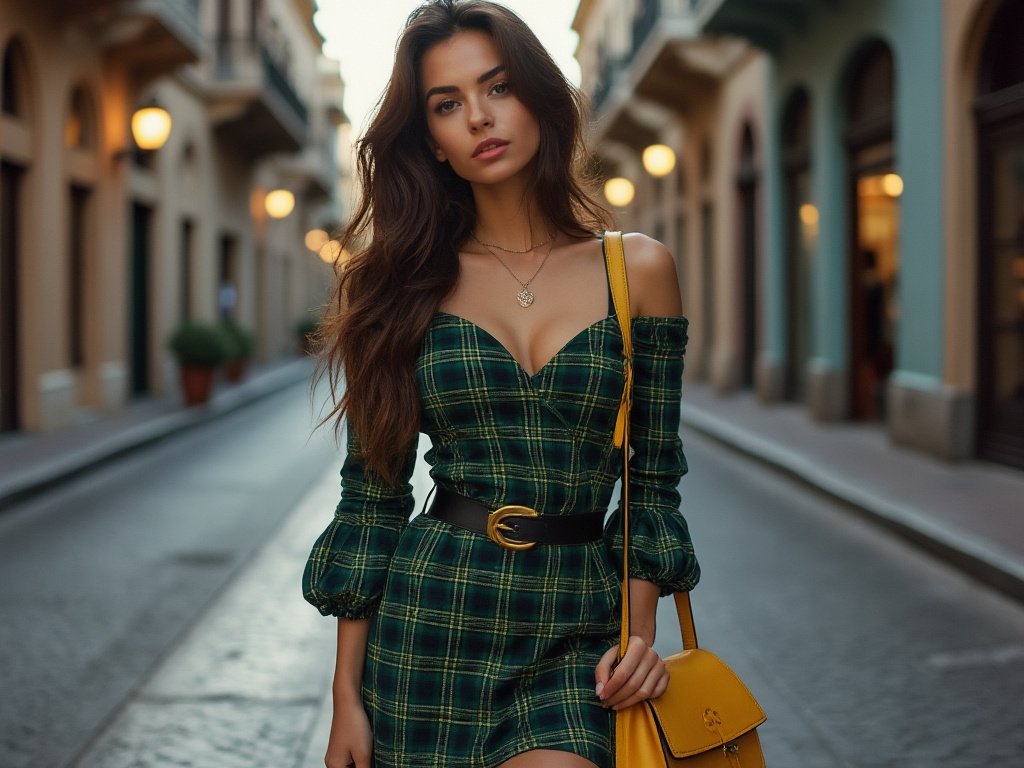
Tips for Incorporating Plaid into Your Outfits
While plaid is undoubtedly versatile, knowing how to style it can make all the difference. Here are some tips to help you incorporate plaid into your wardrobe seamlessly.
Start Small
If you’re new to plaid, start with smaller items like scarves or socks. These accessories can add a pop of pattern to your outfit without overwhelming your look. Once you’re comfortable, you can experiment with larger pieces like shirts or dresses.
Mix and Match
Plaid can be mixed with other patterns, but it requires a careful eye. Pairing plaid with stripes or florals can create a unique and fashionable look. The key is to ensure that the patterns share a common color palette, creating a cohesive outfit.
Play with Colors
Don’t be afraid to play with colors when it comes to plaid. While traditional red and black patterns are classic, modern fashion offers a wide range of color combinations. Experiment with different hues to find what works best for you.
Exploring Various Color Combinations
Plaid patterns come in an array of colors, each offering a different aesthetic. Here are some popular color combinations and how to style them.
Classic Red and Black
The classic red and black plaid is perhaps the most iconic. It’s bold, timeless, and versatile. Pair it with denim for a casual look or with black leather for an edgier vibe.
Green and Blue
Green and blue plaid offers a fresh, earthy feel. This combination works well in both casual and formal settings. For a casual look, pair a green and blue plaid shirt with khaki pants. For a more formal occasion, a green and blue plaid blazer can be a statement piece.
Yellow and Grey
Yellow and grey plaid is a modern twist on the traditional pattern. It’s vibrant yet sophisticated, making it perfect for those who like to stand out. Pair it with neutral colors to let the plaid take center stage.
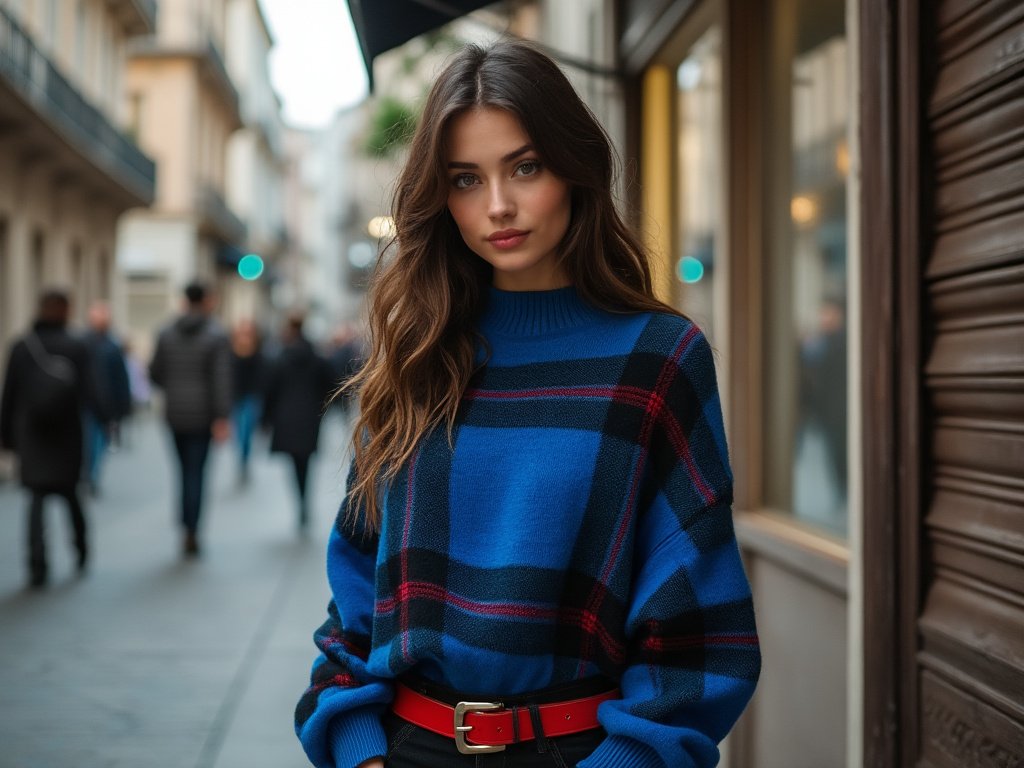
The Cultural Impact of Plaid
Plaid has made its mark not just in fashion, but also in popular culture. Its presence in films, music, and art has solidified its status as a cultural icon.
Plaid in Film
From classic movies like “Braveheart” to modern hits like “Clueless,” plaid has been a staple in film costumes. It’s used to convey a character’s personality, background, and even mood.
Music and Plaid
The punk rock movement of the 1970s and 1980s brought plaid to the forefront of music fashion. Bands like The Ramones and Nirvana popularized plaid shirts, making them a symbol of the counterculture.
Art and Design
Plaid patterns have also influenced art and design. Contemporary artists often use plaid to create visually striking pieces that challenge traditional aesthetics. The pattern’s geometric nature lends itself well to modern art forms.
Mixing and Matching Plaid with Other Patterns
Mixing plaid with other patterns can be a bold fashion statement. Here are some tips on how to do it effectively.
- Choose complementary colors.
- Balance bold patterns with subtle ones.
- Use accessories to tie the look together.
- Experiment with different textures.
- Keep the rest of the outfit simple.
- Be confident in your choices.
- Look for inspiration in fashion magazines.
- Practice makes perfect.
- Start with small patterns.
- Have fun with it.
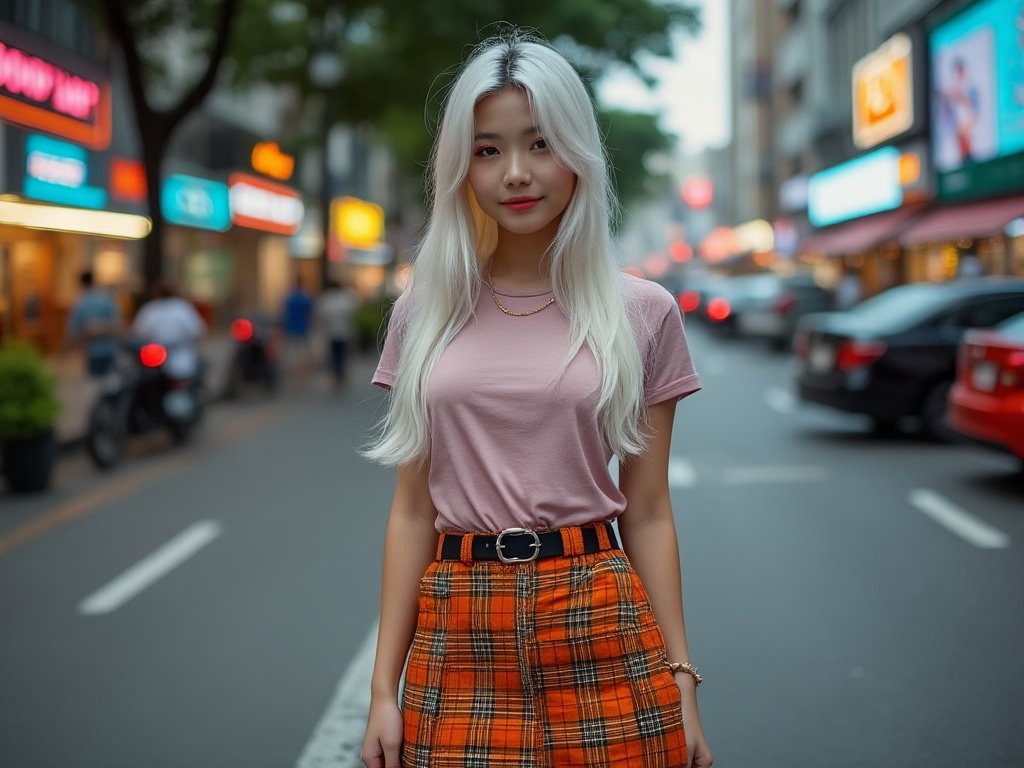
Plaid’s Role in Sustainable Fashion
As the fashion industry moves towards sustainability, plaid is playing a significant role. Many designers are using recycled materials to create plaid fabrics, making it an eco-friendly choice.
Plaid’s timeless appeal means that pieces can be worn for years, reducing the need for fast fashion. Vintage plaid items are also popular, encouraging second-hand shopping and reducing waste. By choosing plaid, you’re not just making a fashion statement; you’re also contributing to a more sustainable future.
The Enduring Appeal of Plaid
Plaid’s enduring appeal lies in its versatility and timelessness. It’s a pattern that transcends trends, making it a worthwhile addition to any wardrobe.
Whether you’re dressing for a casual day out, a professional setting, or a special event, plaid offers endless possibilities. Its rich history and cultural significance add depth to its charm, making it a pattern that’s both fashionable and meaningful.
Plaid in Different Seasons
Plaid isn’t just for fall and winter; it can be worn year-round. Here’s how to incorporate plaid into your wardrobe for every season.
Spring
In spring, opt for lighter plaid fabrics like cotton or linen. Pastel-colored plaids can add a fresh touch to your spring outfits. Pair a plaid skirt with a simple blouse for a chic spring look.
Summer
For summer, choose plaid patterns in bright, vibrant colors. A plaid sundress or shorts can be perfect for a summer day. Lightweight fabrics like chambray or seersucker are ideal for keeping cool.
Fall
Fall is the perfect season for classic plaid. Think cozy flannels and woolen scarves. Layer a plaid shirt under a sweater for a warm and stylish fall outfit.
Winter
In winter, plaid can add a festive touch to your wardrobe. Choose heavier fabrics like wool or tweed. A plaid coat or scarf can be both stylish and functional, keeping you warm while adding a pop of pattern to your outfit.
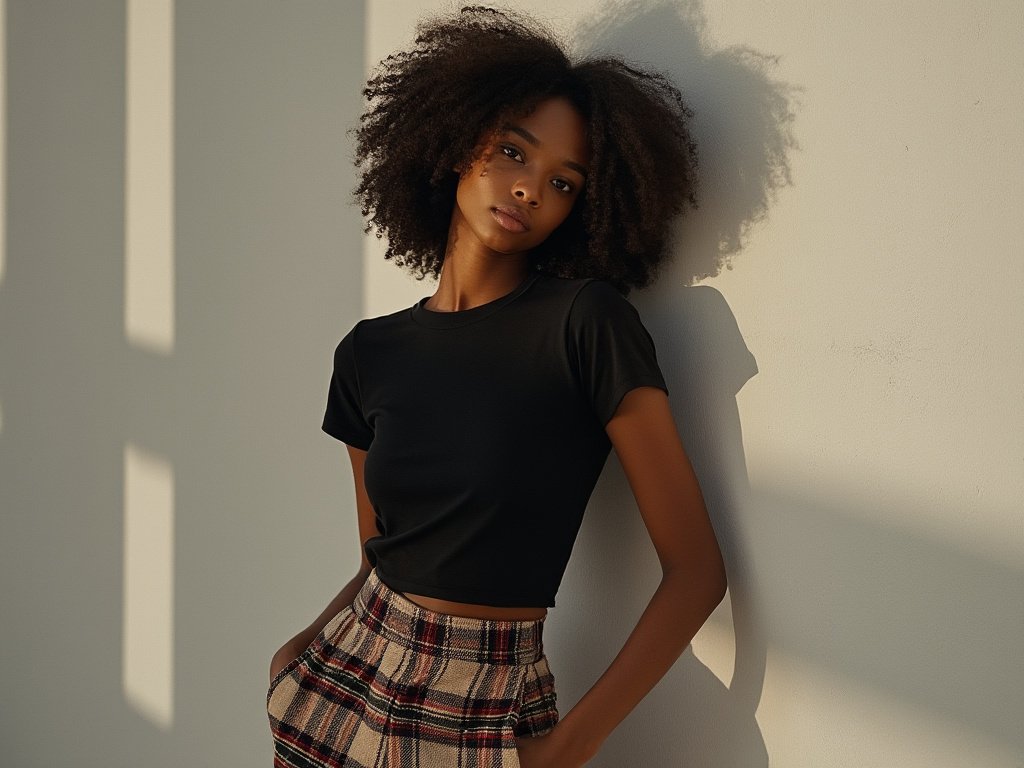
The Future of Plaid
Plaid has stood the test of time, but what does the future hold for this classic pattern? As fashion continues to evolve, plaid is likely to remain a staple.
Designers are constantly finding new ways to reinvent plaid, experimenting with different colors, fabrics, and patterns. Plaid’s adaptability ensures that it will continue to be a favorite among fashion enthusiasts for years to come.
Summary Table
| Topic | Key Points | Example Outfits |
|---|---|---|
| Historical Significance | Origins, cultural impact, evolution | Traditional tartan kilts, lumberjack shirts |
| Modern Fashion Versatility | Casual chic, office attire, evening elegance | Plaid shirt with jeans, plaid blazer |
| Color Combinations | Classic red and black, green and blue, yellow and grey | Plaid dress, plaid blazer |
| Cultural Impact | Films, music, art | Punk rock outfits, movie costumes |
| Mixing Patterns | Tips for mixing plaid with other patterns | Plaid with stripes, plaid with florals |
| Sustainable Fashion | Recycled materials, vintage plaid | Eco-friendly plaid fabrics |
| Seasonal Plaid | Spring, summer, fall, winter | Plaid skirt in spring, plaid coat in winter |
| Future of Plaid | Reinvention, adaptability | Modern plaid designs |
Conclusion
Plaid
is more than just a pattern; it’s a symbol of tradition, versatility, and timeless style. Its rich history and cultural significance add depth to its charm, making it a beloved choice for fashion enthusiasts around the world.
As we continue to embrace sustainable fashion, plaid offers an eco-friendly option that doesn’t compromise on style. Whether you’re a fashion novice or a seasoned stylist, incorporating plaid into your wardrobe can elevate your fashion game. So, go ahead and explore the endless possibilities that plaid has to offer.

Frequently Asked Questions
What is the origin of plaid?
Plaid originated from tartan patterns used by Scottish clans. Each pattern was unique, representing the identity and heritage of the clan members.
How can I incorporate plaid into my work wardrobe?
A plaid blazer paired with tailored trousers and a crisp white shirt creates a polished look that’s both professional and stylish. Opt for neutral tones to keep the outfit appropriate for a corporate setting.
Can plaid be worn year-round?
Yes, plaid can be worn in all seasons. In spring and summer, choose lighter fabrics and brighter colors. In fall and winter, opt for cozier, heavier fabrics.
How can I mix plaid with other patterns?
When mixing plaid with other patterns, choose complementary colors and balance bold patterns with subtle ones. Use accessories to tie the look together.
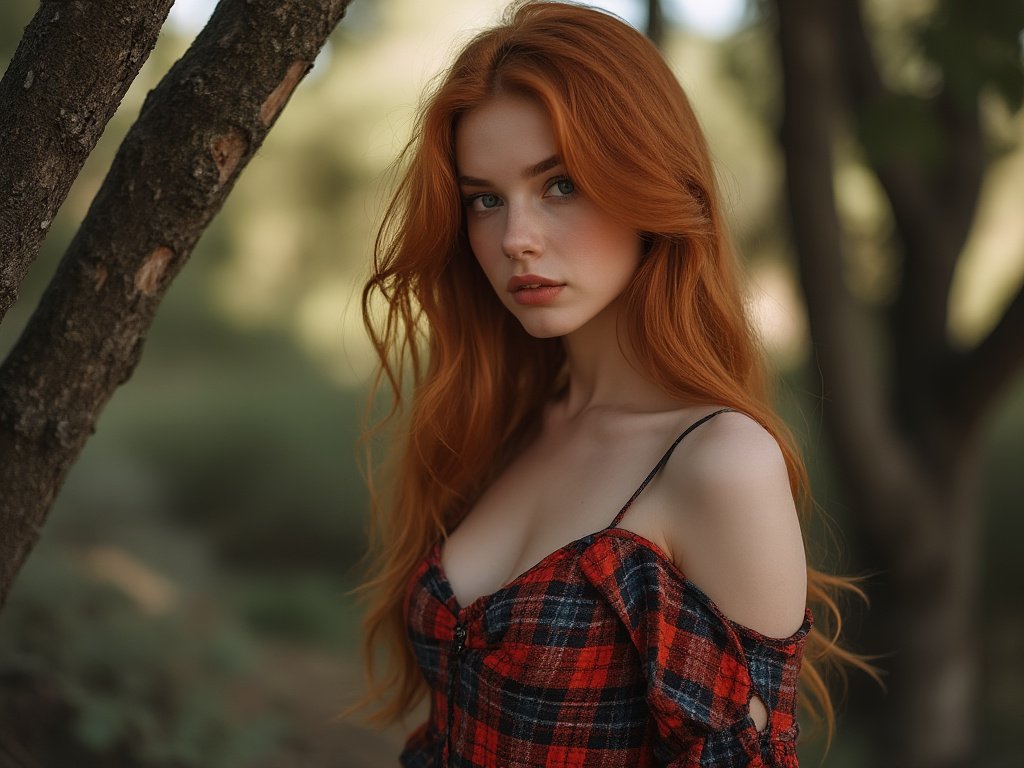
Is plaid sustainable?
Many designers are using recycled materials to create plaid fabrics, making it an eco-friendly choice. Vintage plaid items are also popular, encouraging second-hand shopping and reducing waste.
What are some popular plaid color combinations?
Classic red and black, green and blue, and yellow and grey are popular plaid color combinations. Each offers a different aesthetic and can be styled in various ways.
How has plaid evolved over the centuries?
Plaid has evolved from its traditional roots to become a staple in modern fashion. It has been used in various cultural contexts and continues to be reinvented by designers.
What is the cultural impact of plaid?
Plaid has made its mark in films, music, and art. It’s used to convey a character’s personality, background, and even mood in movies and has been a symbol of counterculture in music.
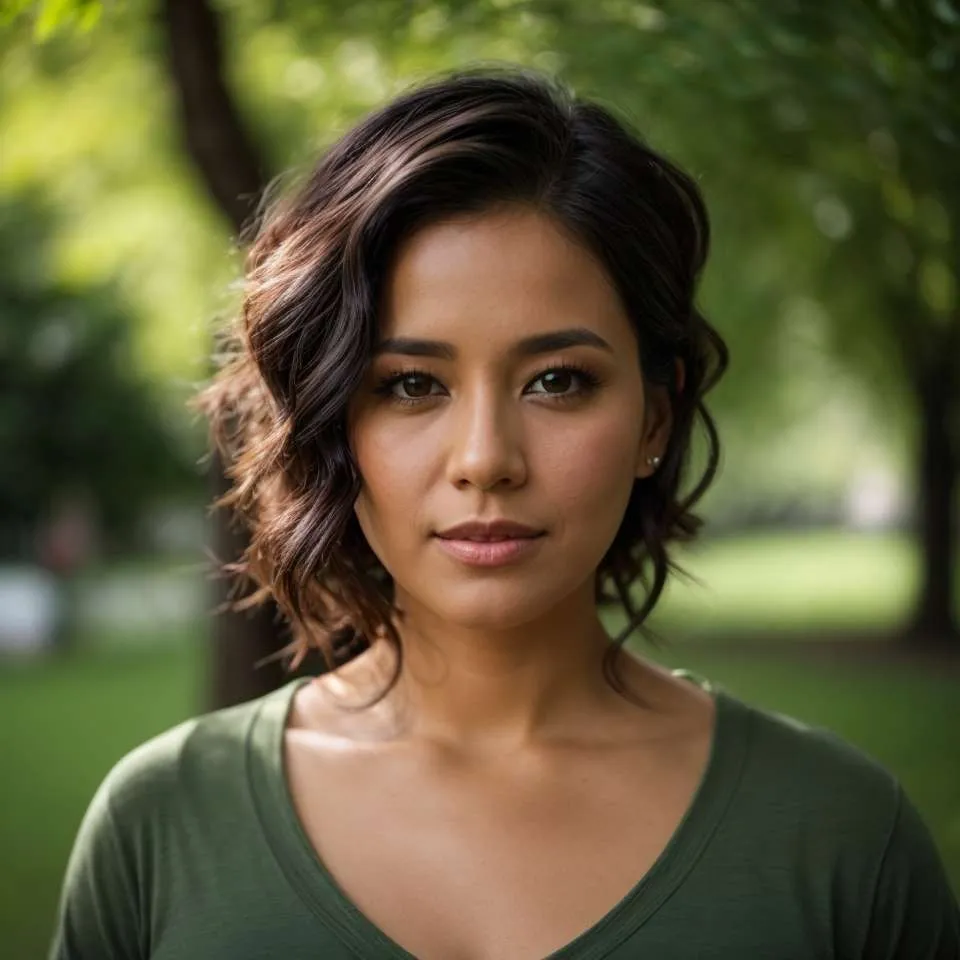
Joanna Perez, with a degree in Creative Writing, excels in recommending distinctive clothing color mixes and trends that deeply connect with readers. She simplifies the often daunting task of color selection, making fashion decisions more personalized and impactful. Her passion for vibrant color palettes and the stories they tell makes her an indispensable voice in the fashion community.
Reviewed By: Marcella Raskin and Anna West
Edited By: Lenny Terra
Fact Checked By: Sam Goldman
Photos Taken or Curated By: Matthew Mansour
